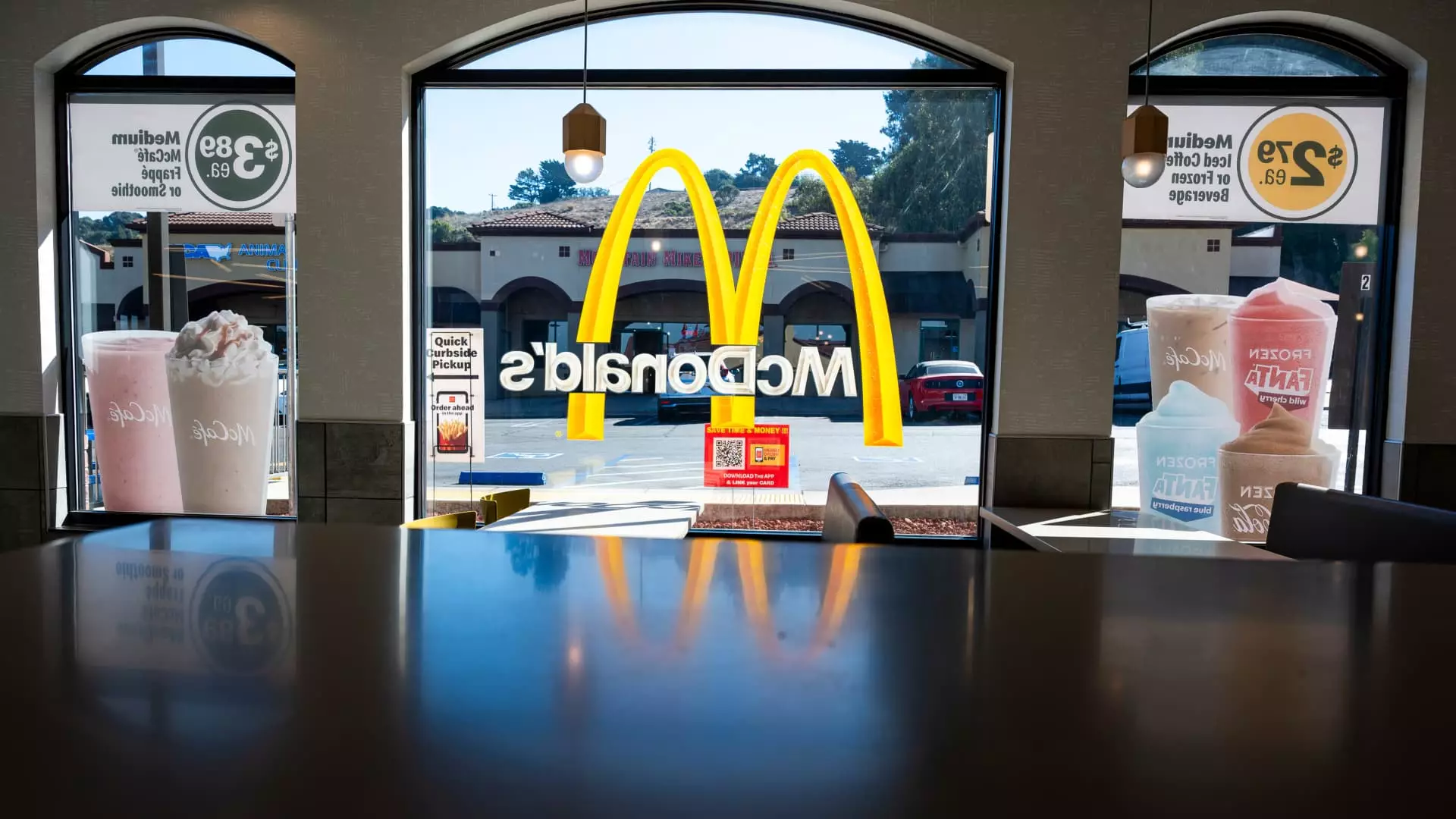The restaurant industry is at a critical juncture as it navigates the tumultuous landscape of 2025. With the year commencing on shaky ground due to a myriad of factors including extreme weather conditions, economic uncertainties, and changing consumer behaviors, restaurant executives find themselves reflecting on how to foster recovery and growth. This article delves into the current state of the industry while looking forward to anticipated trends and challenges.
The beginning of 2025 has proved to be difficult for many restaurant chains. Harsh winter temperatures and wildfires in regions such as Los Angeles have compounded the challenges faced by dining establishments. Consequently, consumer hesitation about spending during this tumultuous period has led to a noticeable decline in traffic. Executives have noted that the year has started with “overall industry traffic headwinds.” For instance, Wendy’s CFO Kenneth Cook remarked on the struggles they faced in the early months, despite an uptick in sales experienced by some other chains like Burger King and Popeyes in the fourth quarter of the previous year.
Fast-casual dining has also seen mixed results. The potential for growth appears tempered as chains struggle against unfavorable comparisons to last year’s performances. While fast-food sales rose modestly—3.4% in January compared to the previous year—this is an adjustment from the more robust growth experienced just a month prior. Compounding the matter, segments like breakfast and lunch have experienced declines in consumer visits, indicating that despite previous gains, businesses are not yet out of the woods.
One primary driver of the current state of the industry is the cautious sentiment among consumers. As highlighted by Doug Fry, the U.S. President of Subway, many consumers are not only concerned about the economy but are also encouraging quality and portion sizes for their dining experiences. The trend indicates that diners are meticulously weighing their options and searching for the best value, suggesting a potential shift towards quality dining as opposed to quantity.
Additionally, broader economic factors, such as inflation and trade policies, remain significant worries for consumers. Recent reports indicated that consumer sentiment had dipped to a seven-month low, fueled by anxiety over rising prices. Inflation rates have exceeded expectations, increasing away-from-home food prices by 3.4% within the last year. These elements accentuate an environment where consumer spending is stymied by the dual pressures of inflation and uncertainty.
Despite these challenges, there is a cautious optimism about the outlook for the remainder of 2025. According to industry experts, sales are expected to recuperate as comparisons to last year become less daunting with summertime approaching. Restaurant Brands CFO Sami Siddiqui stated that easing year-over-year comparisons should contribute to improved sales as the warmer months provide a typical boost to the restaurant industry.
Chains like McDonald’s are also banking on a turnaround as they project recovery from past setbacks, including those stemming from an E. coli outbreak. Such incidents significantly impacted consumer trust and sales, yet McDonald’s anticipates demand will ultimately rebound. They recognize that especially if economic conditions improve, they stand to benefit significantly as lower-income consumers reclaim their footing.
On a different trajectory is Starbucks, which is grappling with a more prolonged recovery. After experiencing a consistent decline in same-store sales for four consecutive quarters, the coffee chain’s management has suspended its fiscal outlook for 2025. CFO Rachel Ruggeri noted challenges linked to organizational restructuring and seasonal factors, indicating that even the most established brands are not immune to market pressures.
A tangible theme emerges for the restaurant industry in 2025: adaptability. Chains are starting to recognize that to thrive, they must respond not only to external pressures such as economic downturns but also internal transformations. The prospect of bespoke menus, enhanced customer experiences, and an appreciation for value will be paramount in attracting diners returning to the market.
As the restaurant industry moves deeper into 2025, leaders within the sector must adopt innovative strategies to regain their footing. The past months have revealed the interconnectedness of economic factors and consumer behavior, and understanding these dynamics will be critical for recovery. The call for value without sacrificing quality highlights the changing palate of consumers who demand more in their dining experiences.
While the landscape presents formidable challenges, there remains hope for rejuvenation as restaurants recalibrate, strategize, and focus on what drives consumer satisfaction. By staying attuned to the needs of customers, the industry can emerge not just intact, but potentially stronger in the years to follow.

